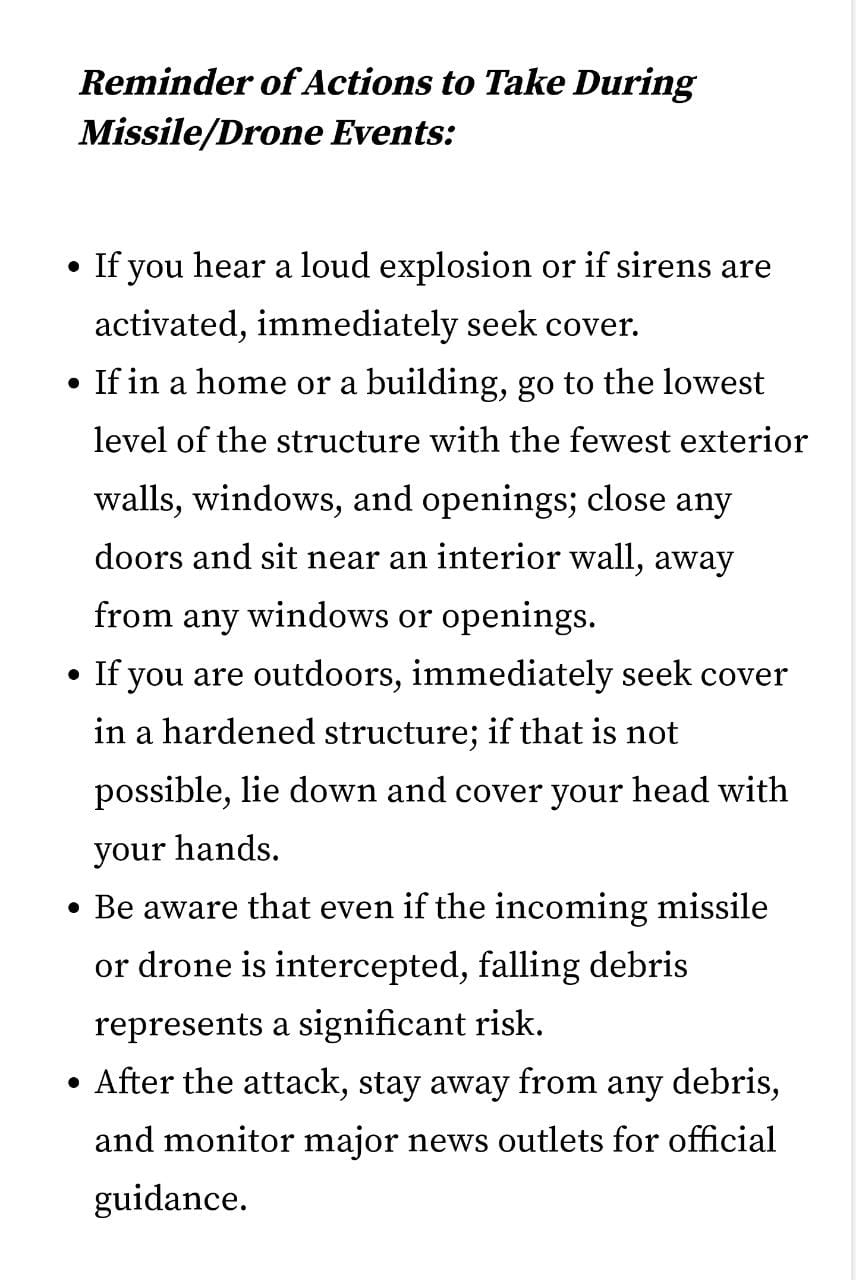Scores of nations across the globe led by the likes of the United States, Israel, Turkey, China, and the United Kingdom have invested in military drone technology after realizing the importance of the flying machines in future warfare.
Satellite Image Reveals How China Is Expanding Its Key Airbase, Just 160 KM From Arunachal Border
Ranging from the smallest combat-proven drones like Black Hornet Personal Reconnaissance System possessed by Washington to the 47.6 feet long Northrop Grumman RQ-4, which is considered a span wider than the Boeing 737 airliner, the need for countries to tap into the market to tap into the potential has never been more essential.
However, while drones in all sectors, not just the military are being viewed as a means to deliver goods, provide surveillance, and help in emergency responses during calamities, there have been mounting fears that the technology could jeopardize the safety of the general public.
A recent example of the event was when the United States Embassy based in the capital city of Riyadh of Saudi Arabia, issued an alert of a possible missile or drone attack in the city.
The U.S. Dept of State Bureau of Consular Affairs, running by the name ‘TravelGov’, which highlights travel and other alerts from diplomatic missions around the globe, tweeted:
“The Embassy is tracking reports of possible missiles or drones that may be headed toward Riyadh today, October 28. Stay alert. If you hear a loud explosion or if sirens are activated, immediately seek cover.”
#SaudiArabia: The Embassy is tracking reports of possible missiles or drones that may be headed toward Riyadh today, October 28. Stay alert. If you hear a loud explosion or if sirens are activated, immediately seek cover. https://t.co/RlAoK12oku pic.twitter.com/fQF4RF2mOT
— Travel – State Dept (@TravelGov) October 28, 2020
Fortunately for the Saudi Arabian authorities, no such incident occurred in the city as far as reports suggest. However, it is not clear whether the attack was thwarted by the defense department of the country on the basis of the timely intelligence provided by the US government.
Defense experts Tyler Rogoway and Joseph Trevithick, writing for The Drive, suggest that despite the passing threat, the possibility of suicide drone attacks in the future is ever increasing.
“While the possible threat, which was never specifically described, has now reportedly passed, the idea that the U.S. government is putting out alerts for impending drone attacks is certainly a dark sign of the times we are entering into, ones in which warfare will be dominated by so-called “suicide drones,” also known as loitering munitions, and lower-end cruise missiles,”
“While this has become all too apparent in recent conflicts abroad, the idea that it is a serious threat in the Capital of a major allied city, one with some of the most modern air defense weaponry in the world, points to how hard it is to defend against these types of attacks, which can come from third-party actors, as well as enemy states.” according to the editorial published by The Drive.
Suicide drones, which are also referred to as loitering munitions or kamikaze drones belong to unmanned combat air vehicles (UCAVs), which loiter around the areas for a specific amount of time, in which they gather information regarding the targets, before identifying the target and eventually attacking it.
These suicide drones need just be simple UAV, which would be difficult to distinguish from daily-use drones, with the only difference being that they will be attached with explosives. The simplest example of such drones could be a shelf commercial quad-copter strapped on with explosives.
While some of these drones are controlled for missions by a human operator, other drones like the IAI Harop have the ability to function autonomously by searching targets and launching attacks without human intervention.
In wake of the current warnings in Saudi Arabia, the US Embassy released a full announcement in a bid to offer measures for people who might be exposed to a future drone or missile attack.

Saudi Arabia had already issued a similar list of protocols to the general public due to a series of drone and missile attacks in recent years by Iranian-backed Houthi rebels in neighboring Yemen.
فيديو يظهر فيه نجاح الدفاع الجوي سعودي
في تدمير الطائرتين المفخخه التي حاول
الحوثي ارسالها لاستهداف المدنيين الابرياء
داخل #السعوديه …شن الحوثيين مئات الهجمات بالطائرات
المسيره الانتحاريه على #السعوديه ورغم
ذلك نسبة تحقيق اهدافه 0% وهذا يثبت
للعالم مدى نجاح دفاعاتنا الجويه pic.twitter.com/N69KGr4vIv— SulaimanAldoosari (@SAUDI_POWER0) October 23, 2020
In September of last year, Houthi rebels claimed responsibility for drone attacks on two major oil facilities run by state oil giant Saudi Aramco in Saudi Arabia, following which the rebels issued a warning of expanding their targets.
James Rogers, an Assistant Professor in War Studies at the Center for War Studies, University of Southern Denmark, writing for The Bulletin, said,
“A terrorist attack by swarming drones may seem far fetched, and it is important not to engage in hyperbole. However, scenarios similar to this are playing out around the world, often in a hostile manner. Once again, the recent attacks on Saudi Arabia should give pause for concern. At least 18 drones and seven cruise missiles were reportedly used to break through national defenses and strike the designated targets in Abqaiq and Khurais.”
The use of these systems in swarms makes tactical sense, as it increases the likelihood of a successful strike, by overwhelming and saturating defenses.
Drones may also be used to help identify targets, allowing secondary systems to strike with precision. In a different, but not unfamiliar manner, swarms have been used for saturation, spotting, and strike purposes by both criminal gangs and terrorists.”




